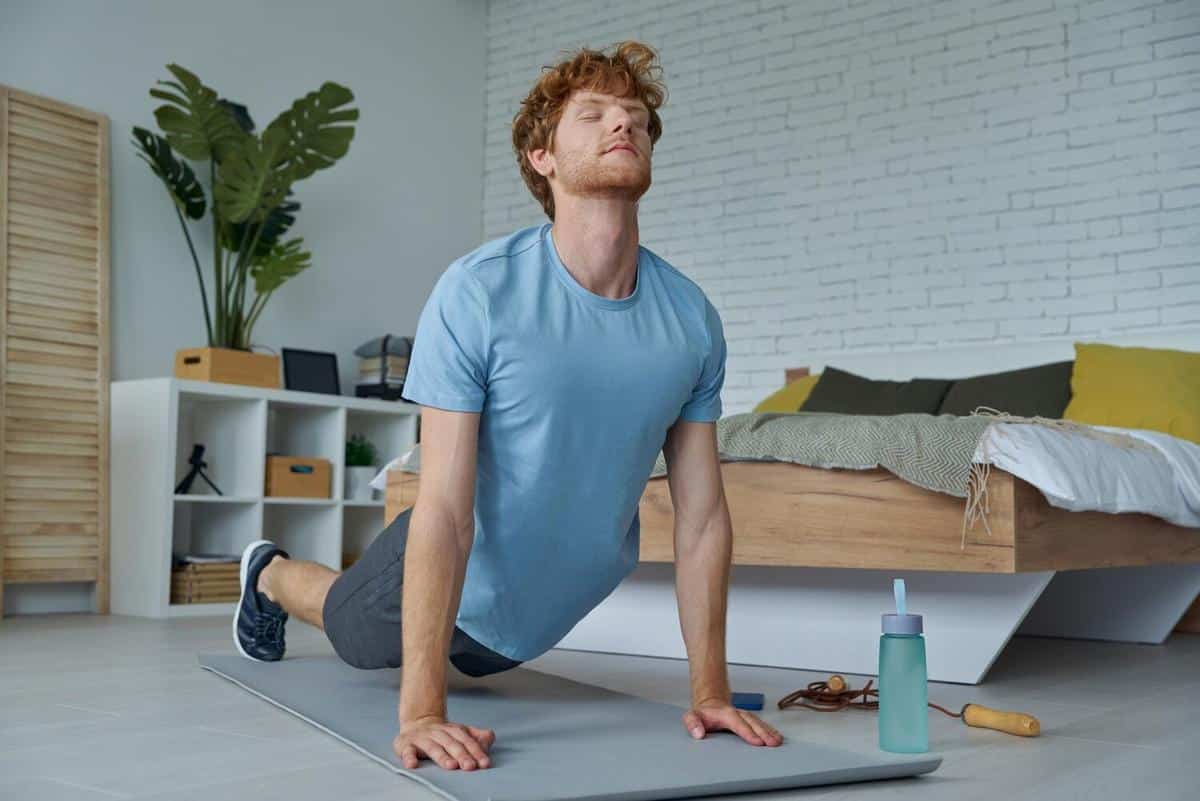
How to Create a Personalized Mindfulness Routine
Crafting a personalized mindfulness routine can transform your daily life by reducing stress and enhancing well-being. This post will guide you on tailoring mindfulness practices to fit your unique lifestyle, ensuring a more balanced and peaceful existence.
Understanding the Basics of Mindfulness
Mindfulness is the practice of being present in the moment, fully engaged with your surroundings, and aware of your thoughts and feelings without judgment. According to Dr. Jon Kabat-Zinn, a renowned mindfulness expert, “Mindfulness is about being fully awake in our lives. It is about perceiving the exquisite vividness of each moment.” This practice has been shown to reduce stress, improve focus, and enhance overall well-being.
Why Personalization Matters
Personalizing your mindfulness routine ensures it fits seamlessly into your daily life, thereby increasing the likelihood of consistency and long-term benefits. A study published in the Journal of Clinical Psychology found that individuals who tailored their mindfulness practices to their personal preferences reported higher levels of satisfaction and adherence.
Creating Your Mindfulness Routine
Identify Your Goals
Start by identifying what you hope to achieve with mindfulness. Whether it’s reducing anxiety, improving focus, or cultivating gratitude, having clear goals will guide your practice.
Choose the Right Techniques
Mindfulness can be practiced in various forms. Here’s a table to compare some popular techniques:
| Technique | Description | Benefits |
|---|---|---|
| Meditation | Sitting quietly and focusing on your breath. | Improves concentration and reduces stress. |
| Body Scan | Paying attention to different parts of the body. | Increases body awareness and relaxation. |
| Mindful Walking | Walking slowly and paying attention to each step. | Enhances mindfulness and reduces anxiety. |
| Gratitude Journaling | Writing down things you are grateful for. | Boosts mood and promotes positive thinking. |
| Mindful Eating | Focusing on the taste and texture of food. | Improves digestion and fosters healthy eating habits. |
| Yoga | Combining physical postures with mindful breathing. | Enhances flexibility and reduces stress. |
| Visualization | Imagining a peaceful scene or outcome. | Promotes relaxation and mental clarity. |
| Breathing Exercises | Focusing on deep and slow breathing. | Calms the mind and reduces stress. |
Set a Realistic Schedule
Consistency is key to reaping the benefits of mindfulness. Start with a manageable commitment, such as five minutes a day, and gradually increase as you feel comfortable.
Track Your Progress
Keep a journal to note your experiences and any changes you observe in your mental state. This can help you adjust your routine as needed and stay motivated.
Frequently Asked Questions
How long does it take to see results from mindfulness?
Many people notice improvements in their stress levels and focus within a few weeks of consistent practice.
Can mindfulness help with sleep?
Yes, mindfulness can promote relaxation and reduce anxiety, both of which are beneficial for improving sleep quality.
Is mindfulness suitable for everyone?
Mindfulness is generally safe and beneficial for most people, but it’s important to tailor practices to your individual needs and consult a professional if you have specific mental health concerns.
Conclusion: Taking Action
Creating a personalized mindfulness routine is a rewarding investment in your mental and emotional health. By identifying your goals, choosing appropriate techniques, and maintaining consistency, you can cultivate a practice that enhances your daily life. Remember, the journey to mindfulness is personal, and there’s no one-size-fits-all approach. Start small, stay committed, and enjoy the process of becoming more mindful.


